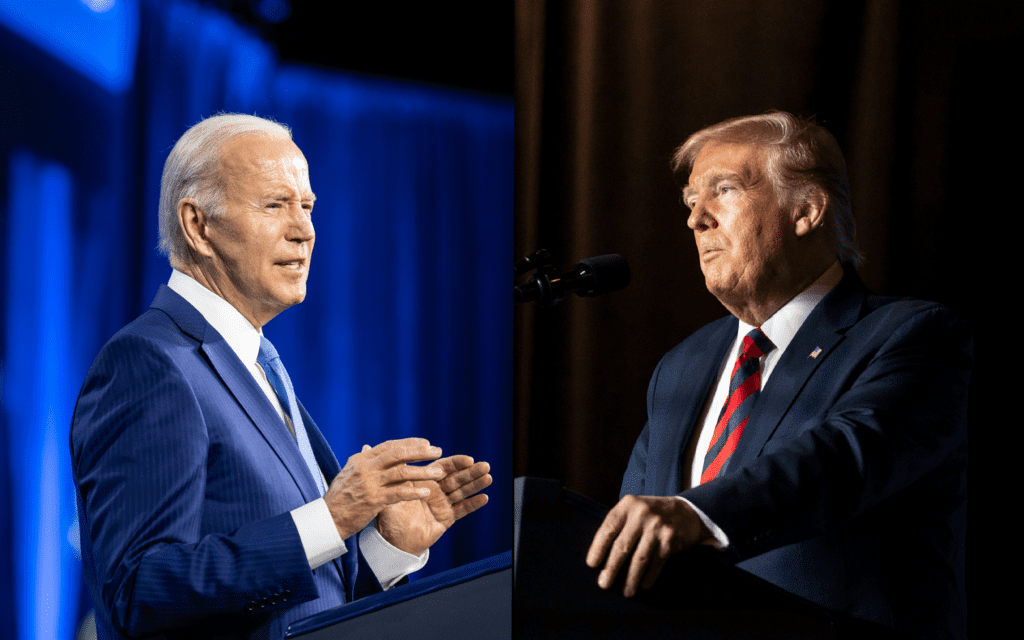Federal Circuit Patent Watch: Federal Circuit Affirms Preliminary Injunction Related to Tumor-Informed Testing | WilmerHale
Precedential and Key Federal Circuit Opinions
1. NATERA, INC. v. NEOGENOMICS LABORATORIES, INC. [OPINION] (2024-1324, 2024-1409, 7/12/2024) Moore, Taranto, and Chen
Moore, C.J. The Court affirmed the district court’s grant of a preliminary injunction barring Appellant from making, using, selling, advertising, or distributing Appellant’s product. The patent at issue “claims methods for amplifying targeted genetic material, such as cfDNA, while reducing amplification of non-targeted genetic material.”
Appellant appealed the district court’s preliminary injunction. On likelihood of success, the Court held that there was “no legal error in the district court’s handling of claim construction or in the claim scope applied in its likelihood of infringement analysis.” The Court also held that there was no clear error in the district court’s conclusion that Appellant “failed to raise a substantial question of obviousness.”
On irreparable harm, Appellant argued “the district court erred by considering the tumor-informed testing market because tumor-informed testing is not claimed in the [asserted] patent.” The Court held that “[t]he district court did not legally err by considering tumor-informed testing in its irreparable harm analysis.” Appellee “argued that [Appellant’s product’s] driver of demand, highly sensitive tumor-informed testing, would be impossible to achieve without practicing the particular methods claimed in the [asserted] patent,” and “[t]he district court did not err by crediting [Appellee’s] argument that the allegedly infringing method is key to [Appellant’s product’s] tumor-informed testing.”
On public interest, the Court concluded that “[t]he district court carefully crafted and repeatedly clarified [the] injunction to balance potential adverse effects on cancer patients and clinical research,” and the Court “s[aw] no legal error in the weight afforded to the public interest by the district court and no clear error in its factual findings.”






